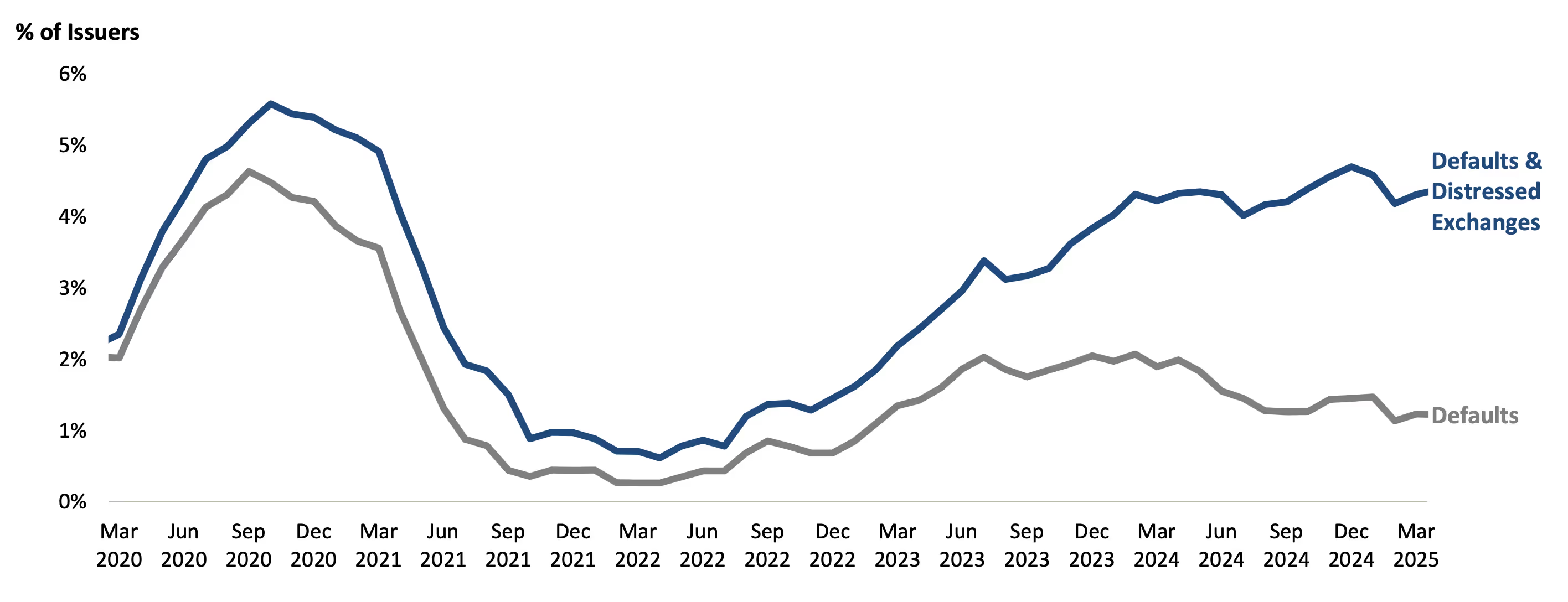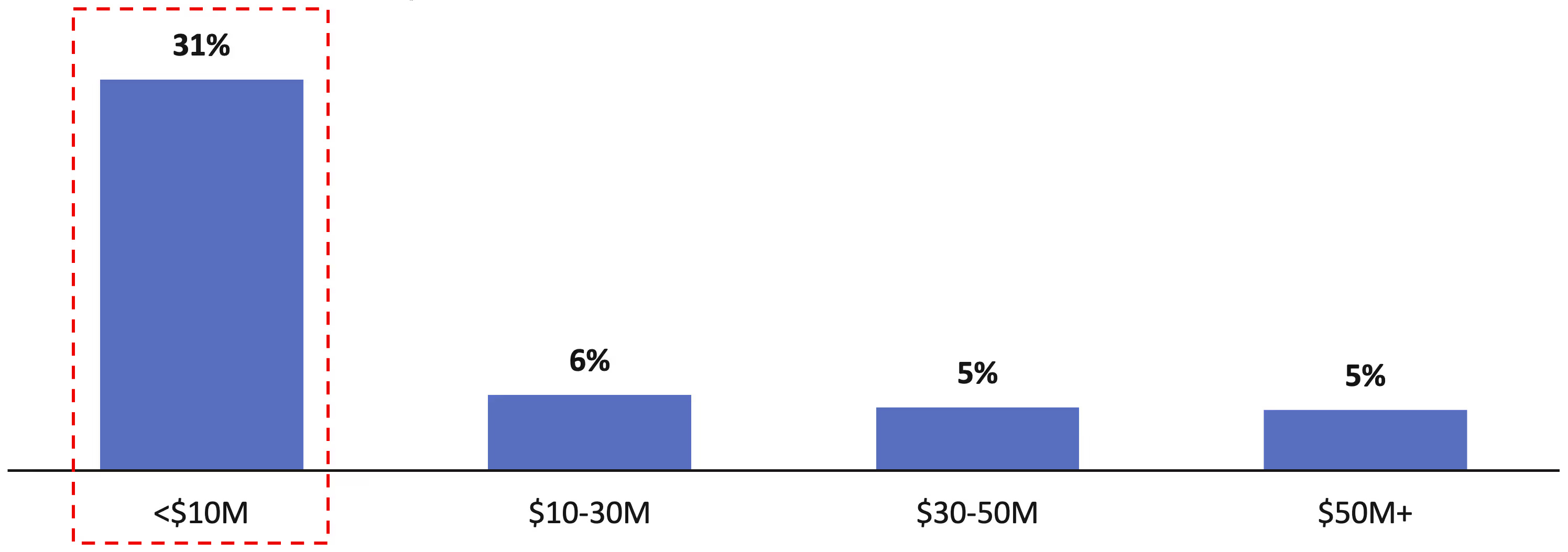
ZCG Credit Insights: The "True" Distress Level in Private Credit
ZCG Credit Insights: The "True" Distress Level in Private Credit
The Disconnect Between Defaults and Deterioration
On paper, credit markets appear healthy. As of Q1 2025, only 1.2% of broadly syndicated loan (BSL)issuers are in default and publicly traded BDCs show a non-accrual rate of approximately 3%(1)—not alarming by historical standards.
However, beneath stable headline numbers, borrower fragility is increasing.
PIK interest now accounts for over 8%(1) of total income across BDCs—double the pre-COVID level—signaling growing liquidity stress. Meanwhile, forbearances, maturity extensions, and waiver-heavy amendments have become widespread. Covenant-lite structures have facilitated these practices, allowing borrowers to sidestep defaults despite declining financial performance.
In many cases, a loan’s “performing” status reflects leniency rather than actual credit health.
The gap between traditional default rates and those including distressed exchanges has widened, further obscuring the true level of market distress.
Defaults Alone Don’t Tell the Full Story(2)

What Headline Metrics Miss in Direct Lending
Distress indirect lending isn’t just increasing—it’s becoming harder to detect. Borrowers may appear current on paper, but structural signals suggest growing impairment.
According to Lincoln International’s Q1 2025 data(3), direct lending loans are still marked at 98.7% of par—down only 0.1% since Q4 2024—and average EV multiples remain above 11.7x.
These figures are difficult to reconcile with rising input costs, slowing revenue growth, and shrinking exit optionality. The result: artificially smooth marks that obscure real-time deterioration.
Stress is particularly concentrated in the lower middle market. Borrowers with less than $10 million in EBITDA now show covenant default rates above 31%, while larger companies remain more insulated.
Covenant Default Rates by Borrower EBITDA Size(3)

This size dispersion is critical for LPs with exposure to sponsor-led middle-market direct lending platforms. Exit options have also narrowed. M&A volume remains muted, IPO markets are closed, and refinancing avenues are increasingly constrained—leaving more borrowers with liquidity shortfalls and few viable paths.
What to Expect in the Second Half of 2025
While headline default activity may remain contained, we anticipate a sharp increase in below-the-surface credit events, particularly:
- Sponsor-led loan sales and restructurings
- Recap-driven liquidity solutions
- Restructurings led by minority lenders or distressed investors
Sources
1 Bloomberg & company filings of 14 BDCs tracked by ZCG Credit for illustrative purposes to provide broad market commentary
2 JP Morgan – US Leveraged Loan Default Rates
3 Lincoln Private Market Perspective Q1 2025



